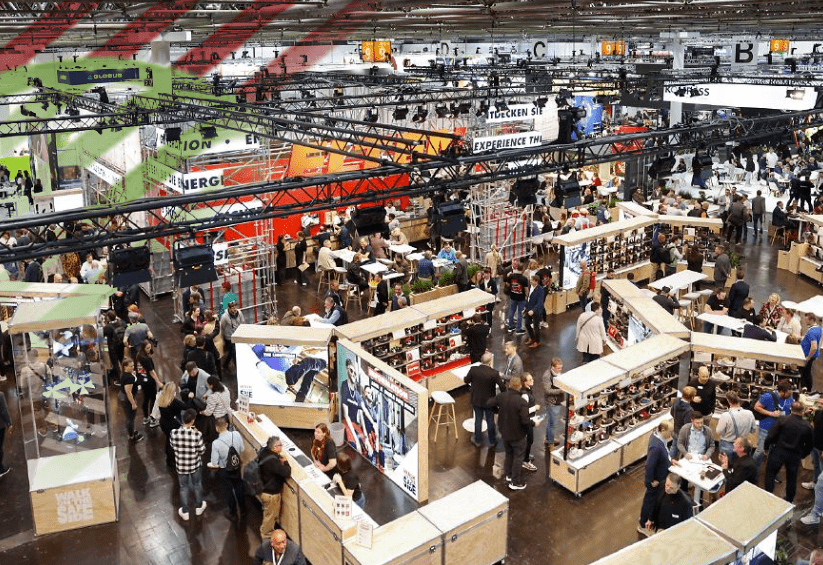This week, our team attended Milipol, the leading international trade fair for security and technological…

Reducing our carbon footprint: C.P.’s sustainable commitment ALUART
At C.P. Aluart, we believe that every step counts when it comes to caring for our planet. This is why we have committed to sustainability and minimizing the environmental impact of our operations. One of the most significant initiatives we have undertaken is reducing our carbon footprint, starting with a key aspect of our production: technical cotton fabrics.
WHAT DOES CARBON FOOTPRINT MEAN IN THE TEXTILE INDUSTRY?
The textile industry is one of the most polluting industries in the world, with much of its impact coming from the logistical processes involving the transportation of materials and finished products across countries. To understand the magnitude of the problem, let’s take a closer look at the journey of a typical knitted garment:
- Origin of cotton cultivation: Ethiopia, Peru, or Egypt.
- Destination for spinning: India, Pakistan, Central America, or South America.
- Weaving, dyeing, and finishing: China, Central America, or Turkey.
- Final technical fabric production: China, Bangladesh, Morocco, or Tunisia.
On average, this process covers about 20,000 kilometers before a garment reaches the consumer. This extensive supply chain generates significant carbon emissions, contributing to global warming.
Our Proposal: Local and Sustainable Production
At C.P. Aluart, we have decided to break away from this unsustainable model. Our approach focuses on a more localized and environmentally friendly textile production. To achieve this, we have redesigned our manufacturing process, prioritizing:
- Cotton grown in Andalusia.
- Spinning, weaving, dyeing, and garment production carried out entirely in Catalonia.
This model drastically reduces the required transportation, cutting the average distance to just about 700 kilometers. By doing so, we not only lower emissions associated with transportation but also support the local economy and promote a more responsible production model.
Debunking Myths: Where Does the Textile Industry Pollute the Most?
It’s commonly believed that the majority of pollution in the textile industry comes from industrial processes like dyeing or spinning. However, our experience shows that the greatest environmental impact comes from logistics, especially when materials and products are transported over long distances across multiple continents.
By focusing on local production, we not only reduce carbon emissions but also ensure greater control over processes, optimize resources, and reduce waste.
A Commitment to Future Generations
At C.P. Aluart, we know that sustainability is not just a trend but a necessity to ensure a better future for generations to come. That’s why this initiative is only the beginning. We believe that change starts with small, conscious decisions, such as choosing local products and supporting sustainable production models.
Our goal is to inspire other companies, consumers, and sectors to adopt this sustainable mindset and demonstrate that it’s possible to offer high-quality products while respecting our environment.
Together for a More Sustainable Future
By choosing C.P. Aluart’s technical fabrics, you’re not only opting for quality and style but also contributing to a production model that respects the planet. We invite you to join us on this journey toward a greener and more responsible future.
Because caring for the planet isn’t an option—it’s our shared responsibility.




